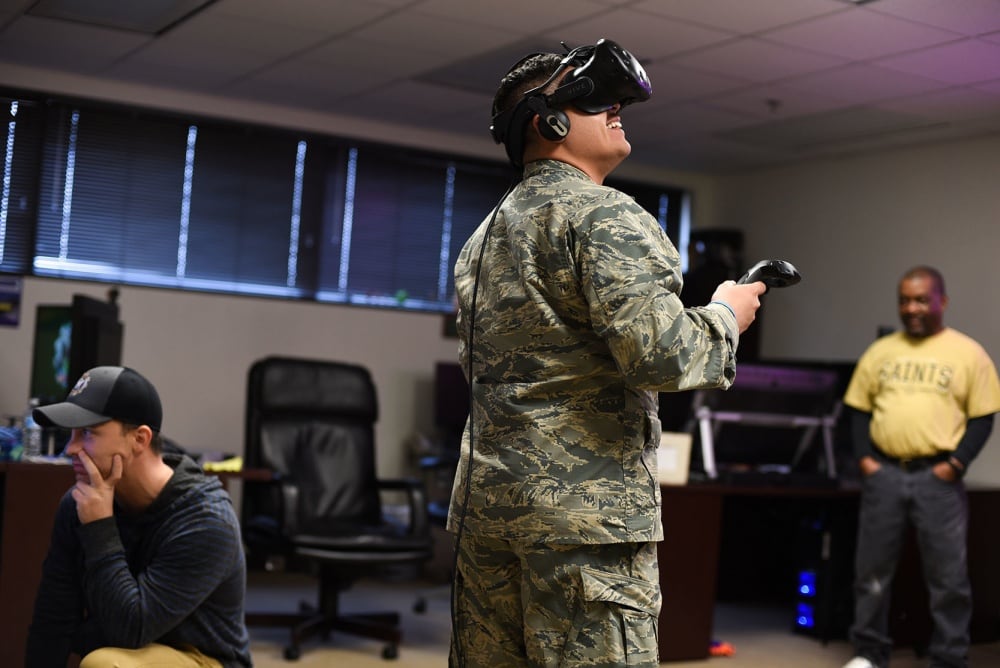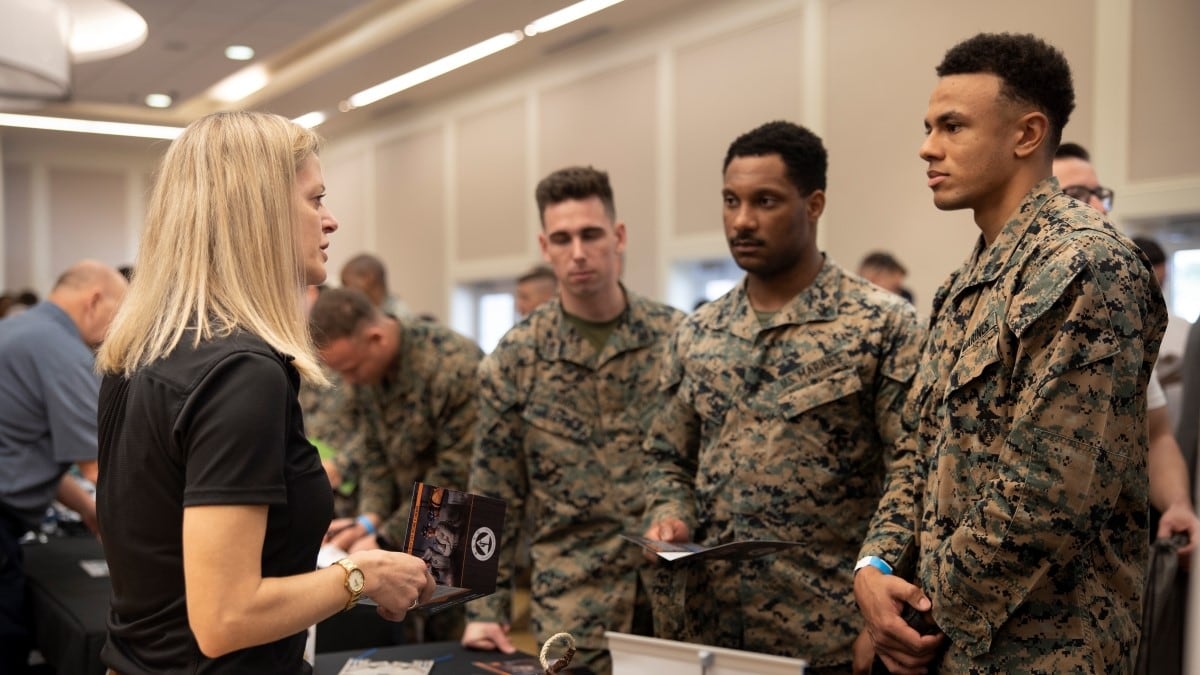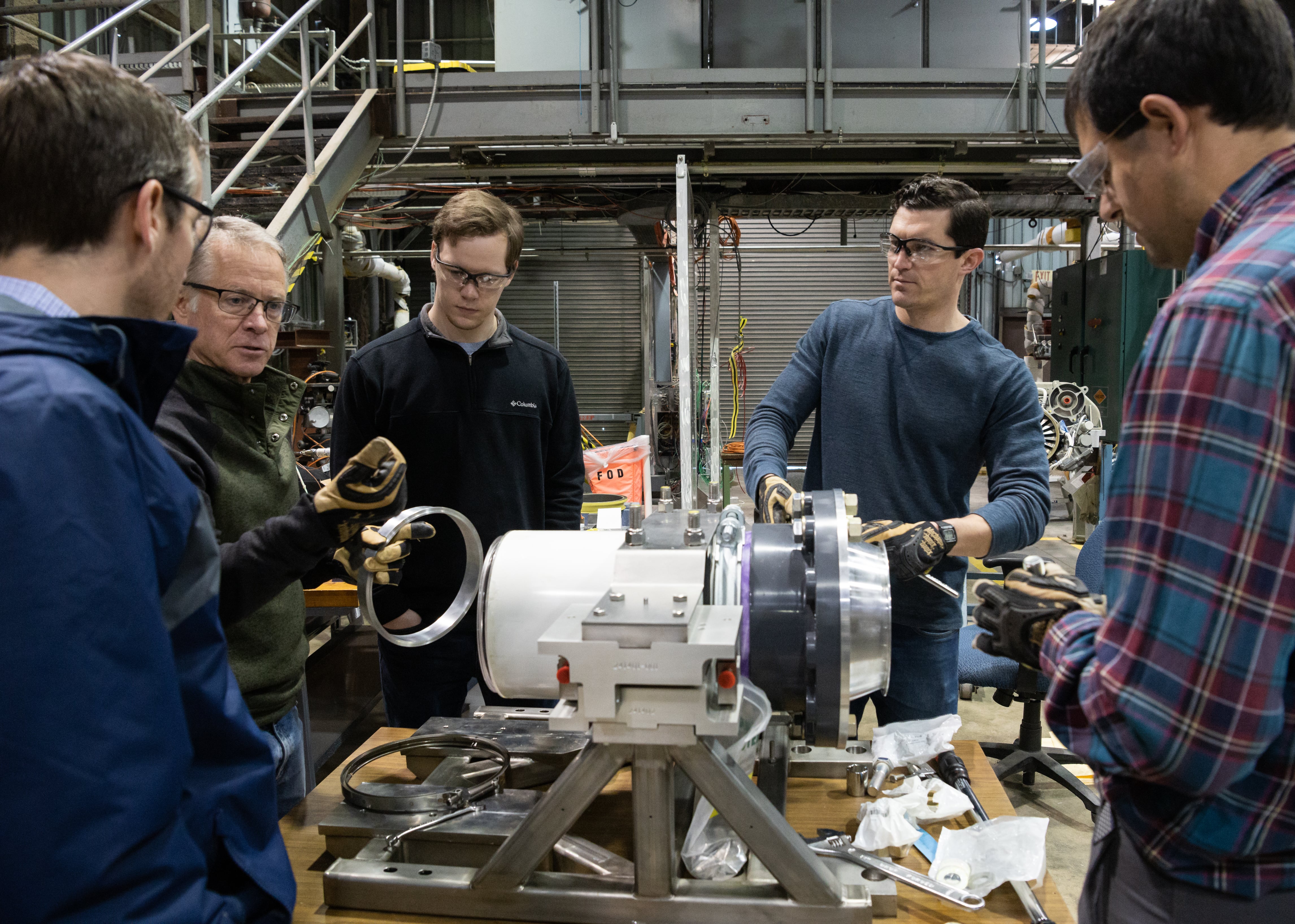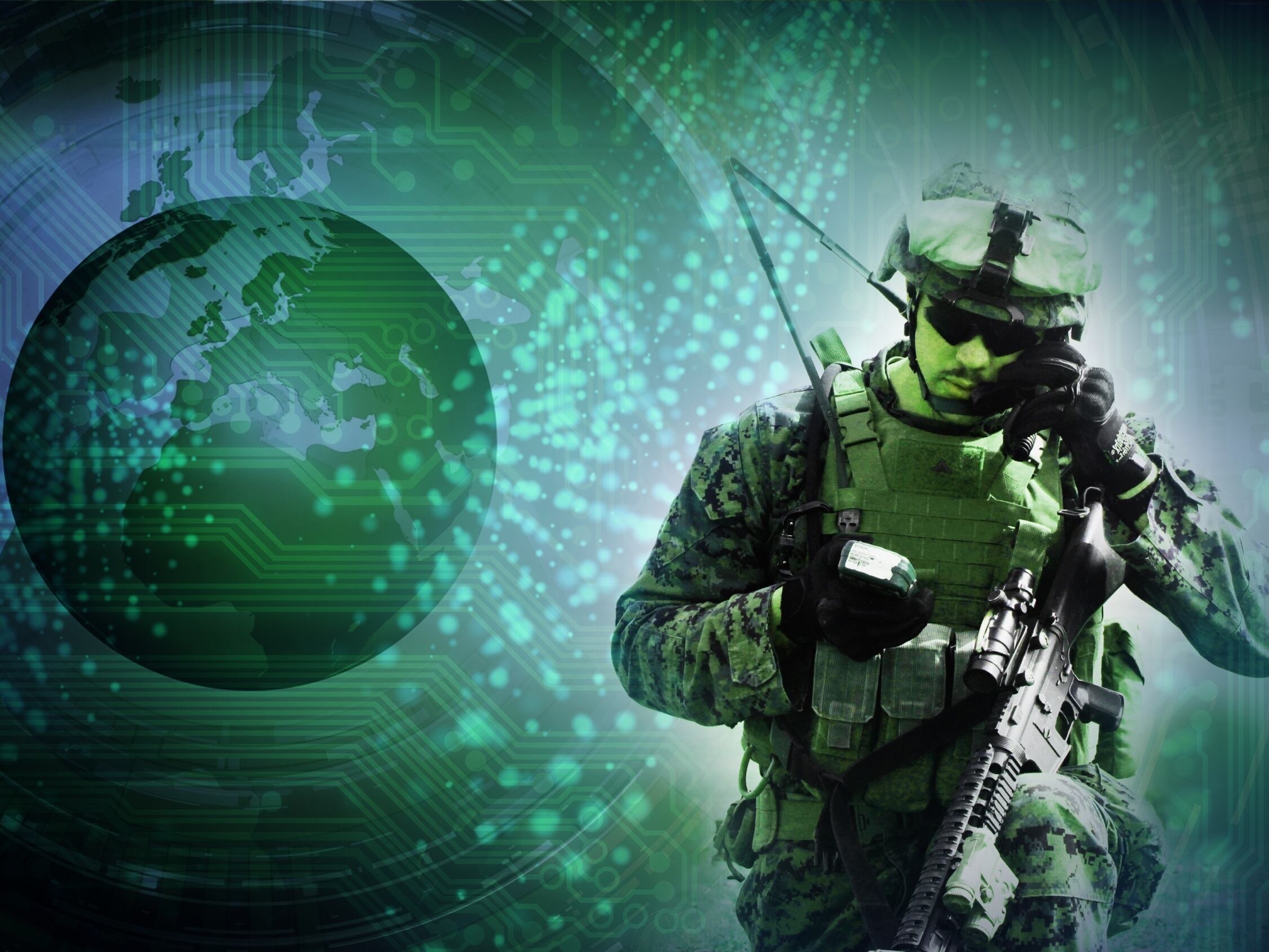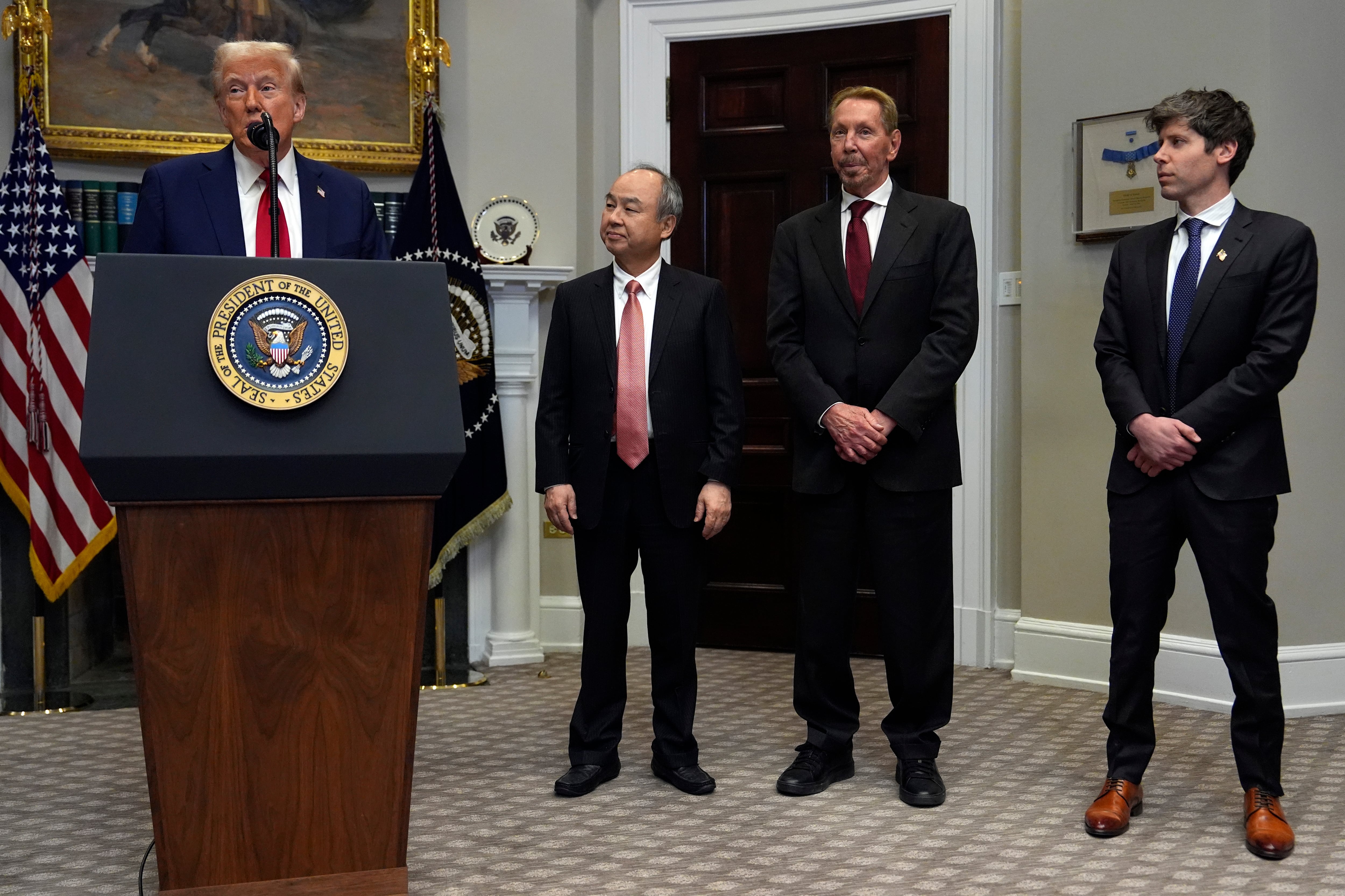After the losses of the Vietnam War, the U.S. Army experienced a wake-up call that it needed to improve its warfighting technologies, which in turn led to many of the tools and practices that made it a world military power.
But according to Maj. Gen. William Hix, deputy director of the Army Modernization Command Task Force, the Army has since been “living off the fat” of those technological advances, and will have to do more to keep ahead of the other rising world powers.
China and Russia have set goals to improve their military prowess through technology over the next couple decades, with China especially aiming to become the world military power by 2050.
“We have to recognize that it’s a challenge, and that they are serious-minded about what they intend to achieve, as are the Russians,” Hix said. “The IT revolution is fundamental to the combat output of the Army. And our adversaries’ perception of that output, our competitive advantage, is fundamental to preventing war, which is our first job.”
According to Hix, Operation Desert Storm was a sign for China and Russia that they were not capable of military combat on the same level as the U.S. But those events also drove their leaders to push harder for military advancement.
“We should give them something else to recognize that they’re not ready for,” Hix said. He explained that network capabilities would be at the core of the Army’s advancements.
The advantage the United States has, Hix said, is that it has already cultivated a culture that prioritizes innovation in ways that China and Russia do not.
“I believe that their systems, their political and economic systems, effectively create a ceiling that they can’t get through. And because of the dynamic nature of our society and our political and economics, we always reward top doers and innovators in ways that they will not be able to match,” Hix said.
At the top of the list of technologies that will aid the Army war fighter, Hix said, are networks such as the cloud that can connect troops more effectively and virtual reality training systems.
“The idea is that the immersion in a virtual environment gives the average leader the sets of reps to raise their game in ways that we have not been able to do because of the expense of live training,” Hix said.
But having all the technology in the world won’t mean anything if the Army doesn’t have a clear plan of how to use it, he said.
“Technology by itself is not a panacea, ownership is not nine-tenths of the law in war,” Hix said. “You have to have an intellectual concept that compliments and provides an integrated approach to how you leverage and integrate and eventually apply technology to solve problems.”
Jessie Bur covers federal IT and management.
